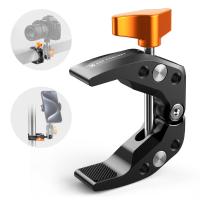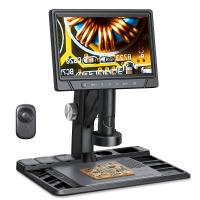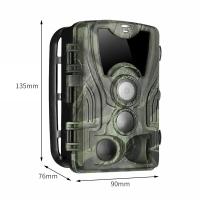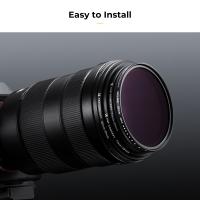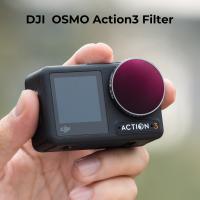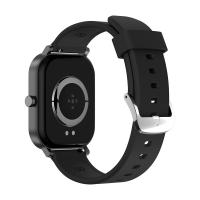How To Copy 35mm Slides With Digital Camera ?
To copy 35mm slides with a digital camera, you will need a few tools and steps. First, set up a light source to illuminate the slide. Place the slide on a light table or use a slide projector with a white screen. Next, position your digital camera on a tripod or stable surface. Adjust the camera settings to manual mode and set the ISO, aperture, and shutter speed accordingly. Use a macro lens or a lens with a close-up filter to capture the slide details. Align the camera with the slide and focus manually for sharpness. Take the photo and review the image on the camera's LCD screen. Adjust the camera settings if needed and continue capturing the remaining slides. Transfer the digital images to a computer for further editing or storage.
1、 Camera Setup: Adjusting settings for optimal slide copying.
To copy 35mm slides with a digital camera, you will need to set up your camera properly and adjust the settings for optimal slide copying. Here is a step-by-step guide to help you get started:
1. Camera Setup: Begin by mounting your camera on a stable tripod to ensure steady shots. This will help prevent any blurriness or distortion in the final images.
2. Lighting: Set up a consistent and evenly distributed light source to illuminate the slides. Avoid using direct sunlight, as it can cause glare and uneven lighting. Consider using a lightbox or a light table specifically designed for slide copying.
3. Slide Holder: Use a slide holder or a slide copier attachment to hold the slides in place. This will help maintain a consistent distance between the camera and the slides, ensuring sharp focus and accurate reproduction.
4. Adjust Camera Settings: Set your camera to manual mode to have full control over the exposure settings. Start by setting a low ISO to minimize noise and maintain image quality. Adjust the aperture to achieve the desired depth of field, keeping in mind that a smaller aperture (higher f-number) will result in a larger depth of field. Experiment with different shutter speeds to find the optimal balance between exposure and sharpness.
5. Focus: Use manual focus to ensure precise focusing on the slide. Zoom in on the slide using the camera's LCD screen or electronic viewfinder and adjust the focus until the details appear sharp and clear.
6. White Balance: Set the white balance manually or use a custom white balance setting to accurately capture the colors of the slides. This will help avoid any color casts or inaccuracies in the final images.
7. Shooting: Take multiple shots of each slide, adjusting the exposure settings if necessary. This will give you options to choose from and increase the chances of capturing the slide accurately.
Remember to review the images on a computer screen after the shoot to ensure they meet your expectations. Adjustments may be needed in post-processing to fine-tune the colors, contrast, and sharpness of the copied slides.

2、 Lighting: Ensuring proper illumination for accurate slide reproduction.
To copy 35mm slides with a digital camera, there are a few key steps to follow. One crucial aspect is lighting, as it plays a significant role in ensuring accurate reproduction of the slides.
Firstly, it is important to set up a proper lighting environment. Natural light can be used, but it is recommended to use artificial light sources to have more control over the lighting conditions. Soft, diffused light is ideal to minimize glare and reflections on the slide surface. This can be achieved by using a lightbox or a light table specifically designed for slide copying.
Additionally, the angle and direction of the light source are crucial. The light should be evenly distributed across the slide, avoiding any shadows or hotspots. Placing the light source at a 45-degree angle to the slide can help achieve uniform illumination.
Furthermore, the color temperature of the light source should be considered. Different light sources have different color temperatures, which can affect the color accuracy of the reproduced slide. Using a light source with a color temperature of around 5500K, which is similar to daylight, can help maintain color fidelity.
Lastly, it is important to adjust the camera settings accordingly. Set the white balance to match the lighting conditions to ensure accurate color reproduction. Additionally, adjust the exposure settings to capture the slide details without overexposing or underexposing the image.
In conclusion, proper lighting is crucial when copying 35mm slides with a digital camera. By ensuring proper illumination, such as using diffused light, controlling the angle and direction of the light source, and considering color temperature, accurate reproduction of the slides can be achieved.

3、 Slide Mounting: Properly positioning and securing slides for copying.
Slide Mounting: Properly positioning and securing slides for copying is an essential step in copying 35mm slides with a digital camera. The process involves ensuring that the slides are correctly positioned and secured to prevent any movement or shaking during the copying process, which can result in blurry or distorted images.
To begin, you will need a slide holder or tray that is compatible with your digital camera. Place the slide holder on a flat surface and ensure that it is clean and free of any dust or debris that may affect the image quality.
Next, carefully insert the slides into the holder, making sure that they are facing the correct direction and are properly aligned. It is essential to handle the slides with care to avoid any scratches or damage that may affect the image quality.
Once the slides are in place, secure them using the holder's locking mechanism or tape to prevent any movement during the copying process. It is also advisable to use a tripod to stabilize the camera and prevent any shaking or movement that may affect the image quality.
Finally, adjust the camera settings to ensure that the images are correctly exposed and in focus. It is recommended to use a high-resolution setting to capture as much detail as possible.
In conclusion, properly positioning and securing slides for copying is crucial to achieving high-quality digital images. By following these steps, you can ensure that your 35mm slides are accurately captured and preserved for future generations.
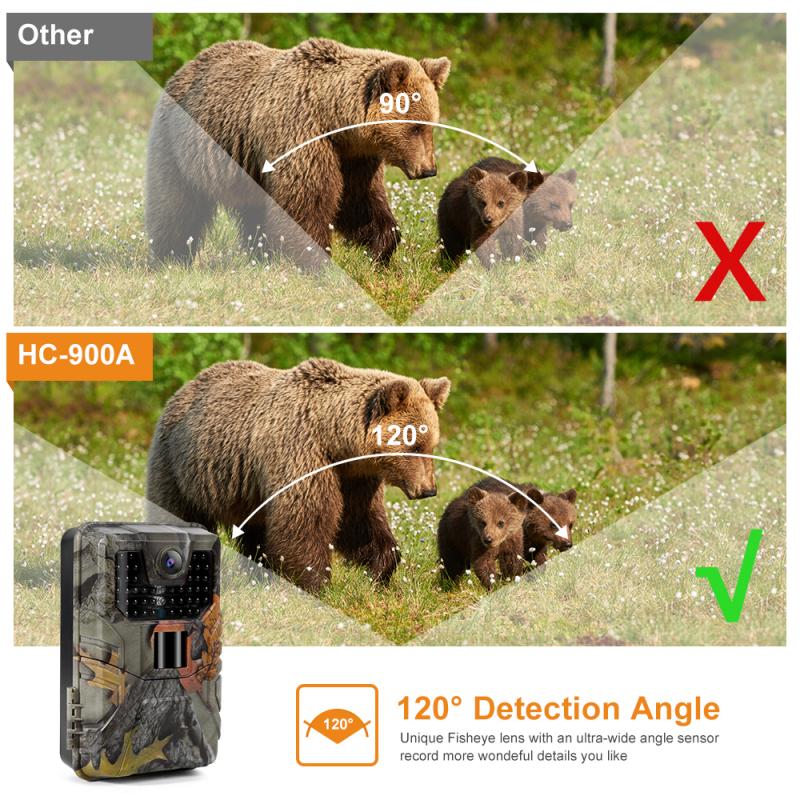
4、 Focusing: Achieving sharp focus on the slide image.
How to copy 35mm slides with a digital camera? Focusing is one of the most important aspects of copying 35mm slides with a digital camera. Achieving sharp focus on the slide image is crucial to producing high-quality digital copies of your slides.
To achieve sharp focus, you need to ensure that your camera is set up correctly. First, set your camera to manual focus mode. This will allow you to adjust the focus manually and achieve the best possible focus on your slide image.
Next, use a tripod to stabilize your camera and ensure that it is level with the slide. This will help you to avoid any camera shake or movement that could cause blurring or distortion in your image.
Once your camera is set up, use the focus ring on your lens to adjust the focus until the slide image is sharp and clear. You may need to experiment with different focus settings to find the best focus for your particular slide.
It's also important to ensure that your camera is set to the correct aperture and shutter speed settings. These settings will affect the depth of field and exposure of your image, so it's important to get them right.
In summary, achieving sharp focus on your slide image is crucial to producing high-quality digital copies of your 35mm slides. By setting up your camera correctly, using a tripod, and adjusting the focus manually, you can achieve the best possible focus and produce high-quality digital copies of your slides.
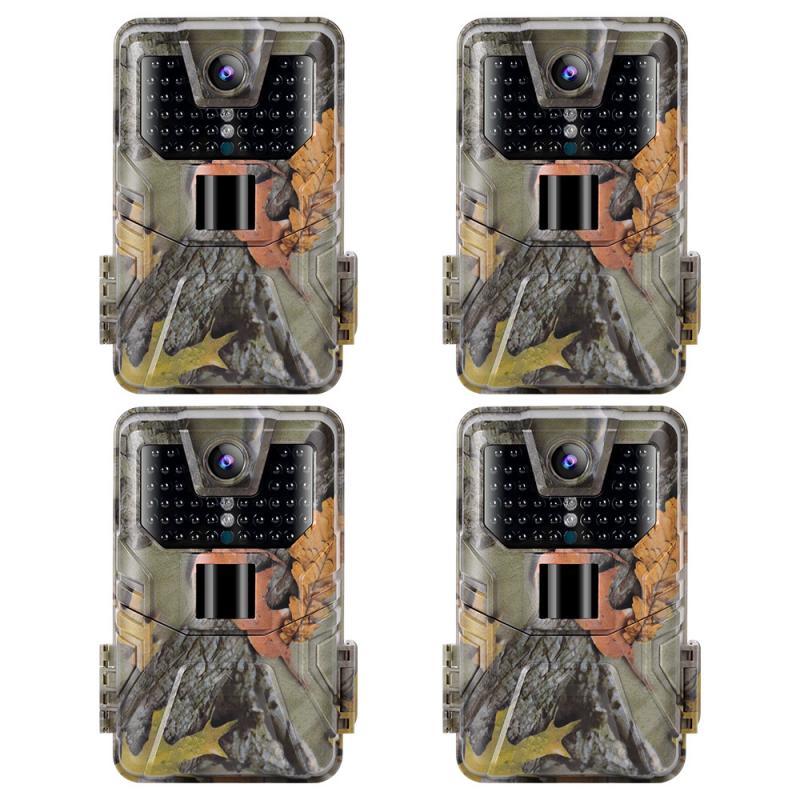




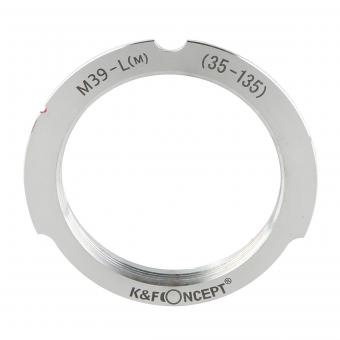















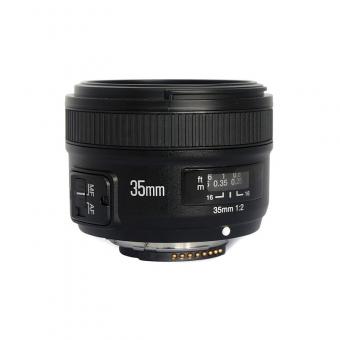
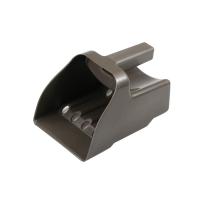

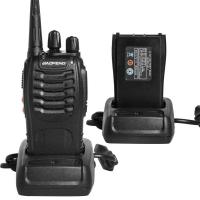

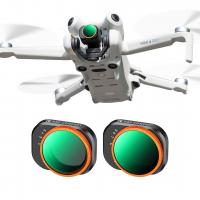
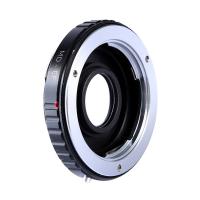

![4K digital camera for photography and video [autofocus and stabilisation] 48 MP video blog camera with SD card, 3 4K digital camera for photography and video [autofocus and stabilisation] 48 MP video blog camera with SD card, 3](https://img.kentfaith.de/cache/catalog/products/de/GW41.0065/GW41.0065-1-200x200.jpg)
